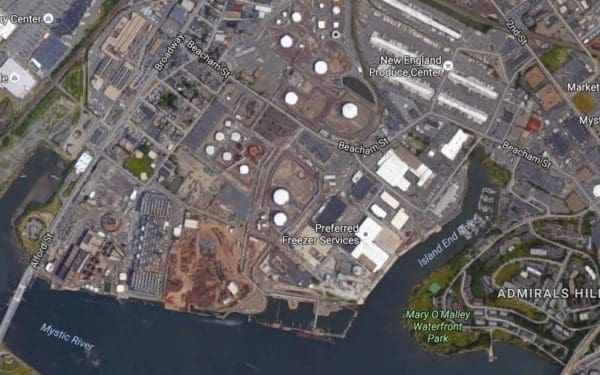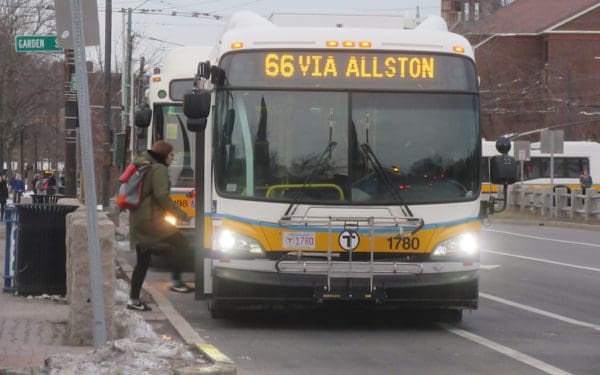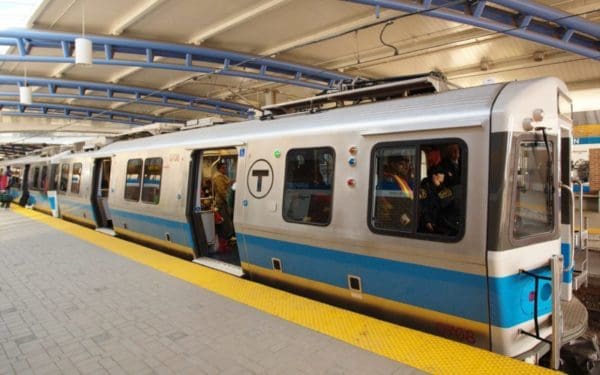Improving Public Transportation
CLF is working to transform public transit for all.

CLF is working to transform public transit for all.

“Exxon has put vulnerable communities and the harbor at risk as part of its pattern and practice of deceiving regulators and the public about the risks of climate change,” said CLF President Bradley Campbell. “Exxon has known about these risks and its ongoing spills for years and is failing its most important duty under the law: to avoid spills of oil and hazardous substances that threaten public health and the environment.”

Northern Pass would put our communities and our environment at risk.

“ExxonMobil’s own scientists agree that those risks are imminent,” said Brad Campbell, president of CLF. “Exxon has done nothing to change its operations at this facility.”
Vineyard Wind signed an agreement in January with the Conservation Law Foundation (CLF) and other environmental groups under which they will take historic steps to protect right whales.
We’re working to bolster affordable wind power across New England.

Siting solar energy projects can be a challenge in a small, dense state like Rhode Island; state guidelines can help solve problems before they start.

We’re at a critical juncture when it comes to improving the MBTA. The T has three big projects in the works, all of which are connected: fare increases, a new system for collecting that fare, and improved bus service in greater Boston. These projects are an opportunity to make the system work better for everyone. Here’s how the MBTA can get it right.

Two years after the MBTA’s strategic plan was approved, we’re looking into how well the T stuck to its own goals. While the T has completed some of its infrastructure and financial goals, it has a long way to go to meet its accessibility and climate goals.

“We must make it as easy as possible for people to get out of their cars and choose public transit, and that starts with a system that works for everyone,” said Staci Rubin, Senior Attorney at CLF. “It’s clear that the MBTA needs to focus on protecting the system from climate change and improving accessibility. These aren’t always the most visible projects, but they’re critical if we’re going to have a transportation system that is prepared for the future and doesn’t leave anyone behind.”
